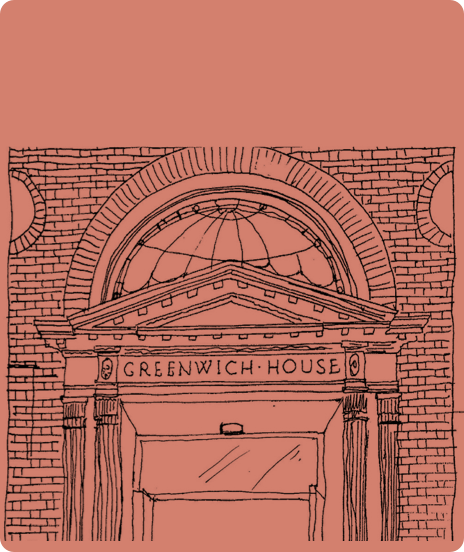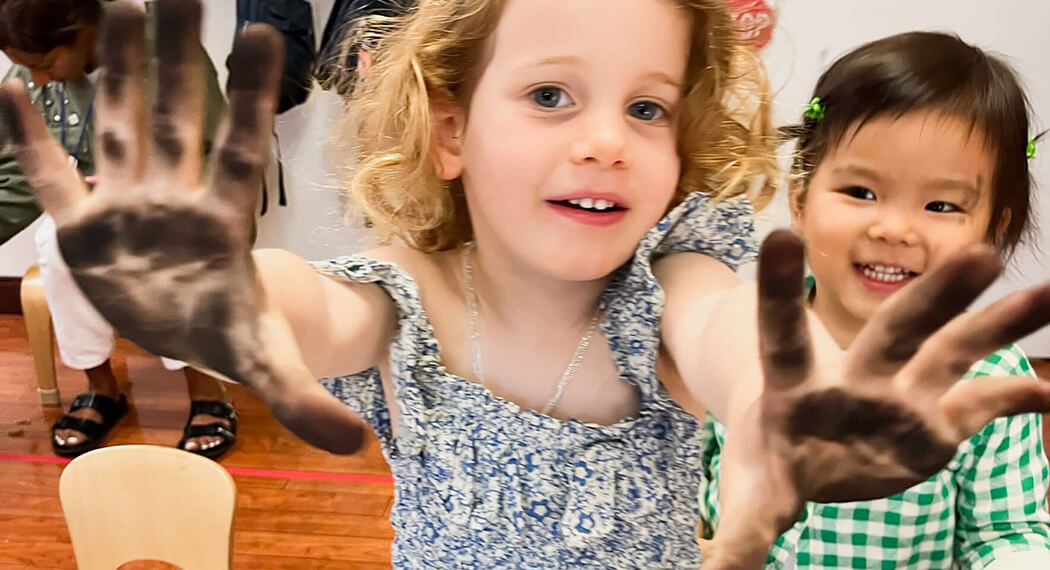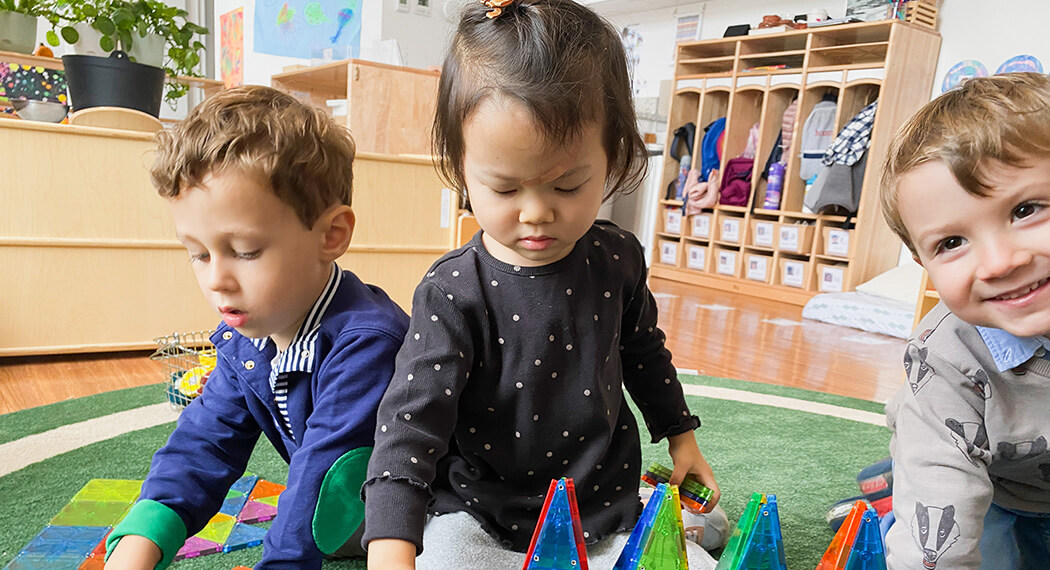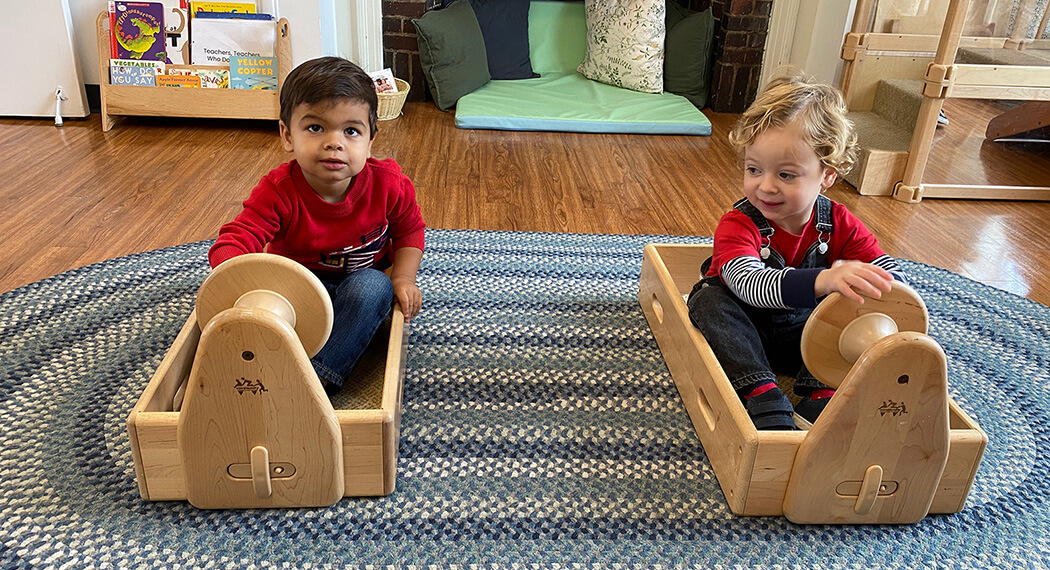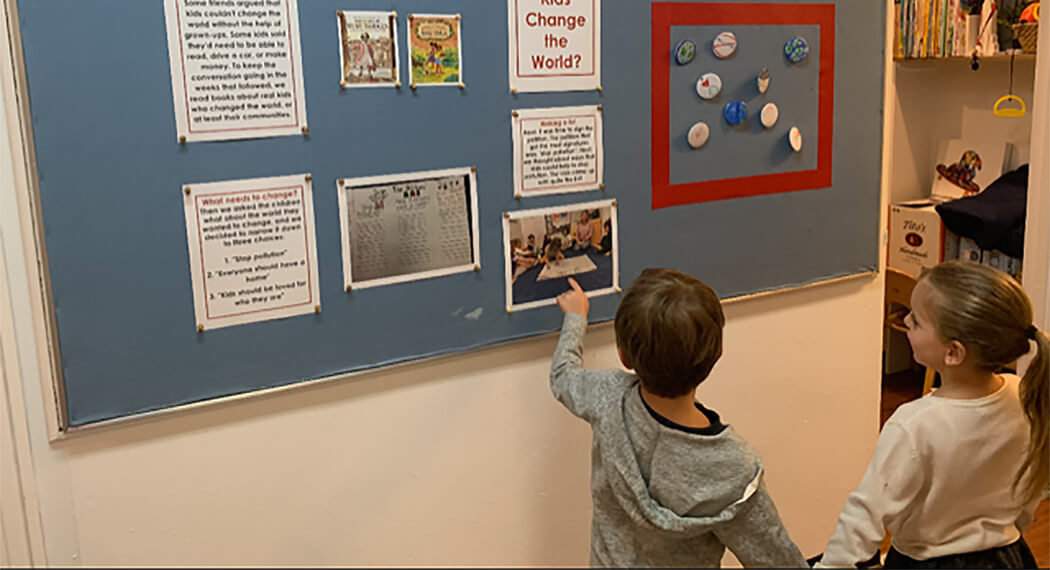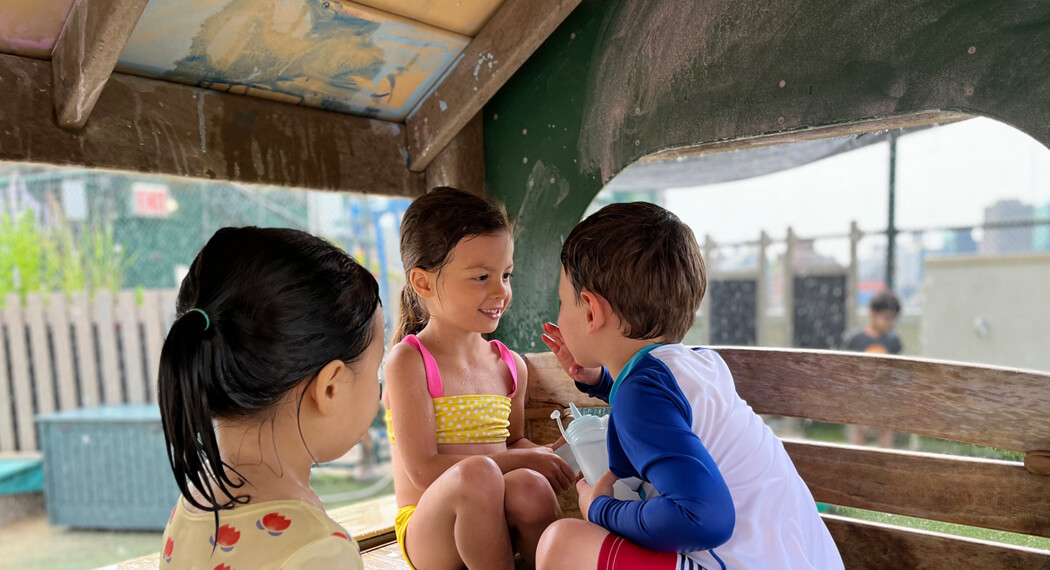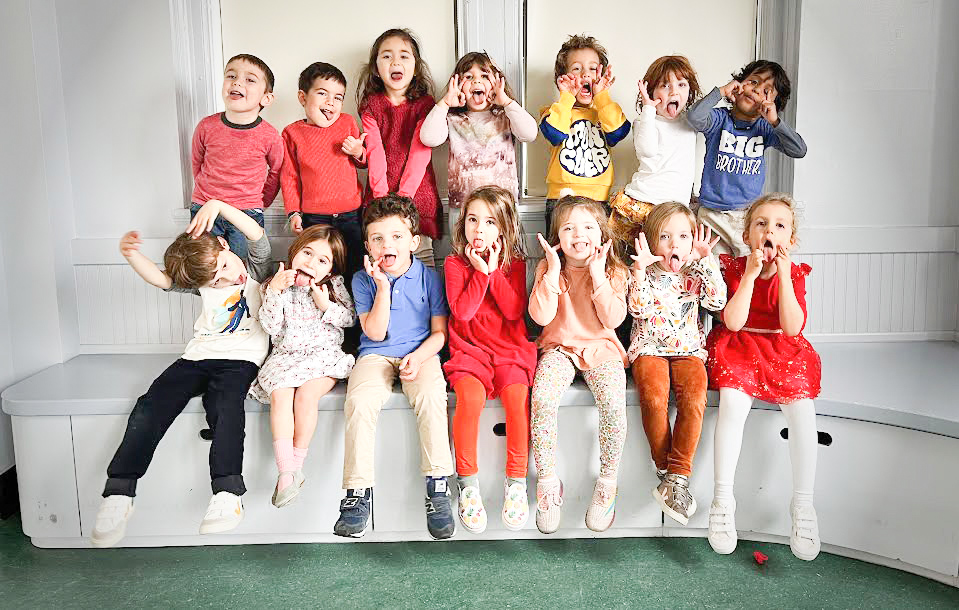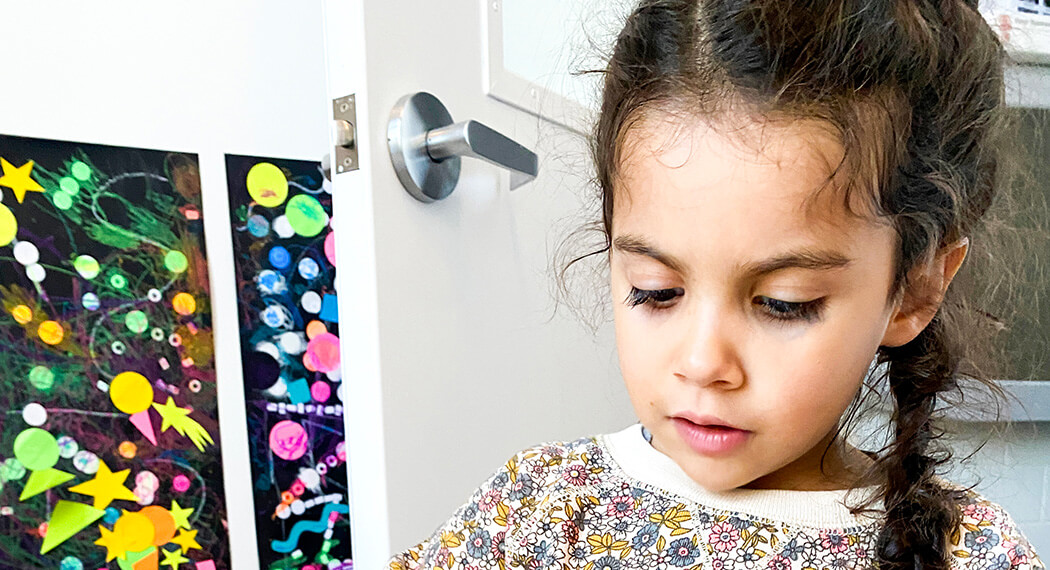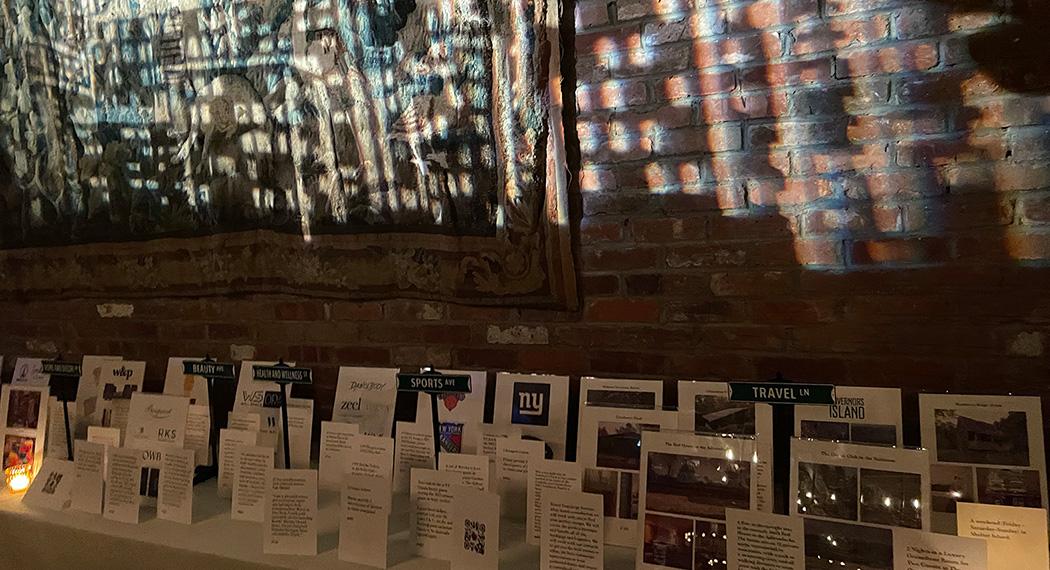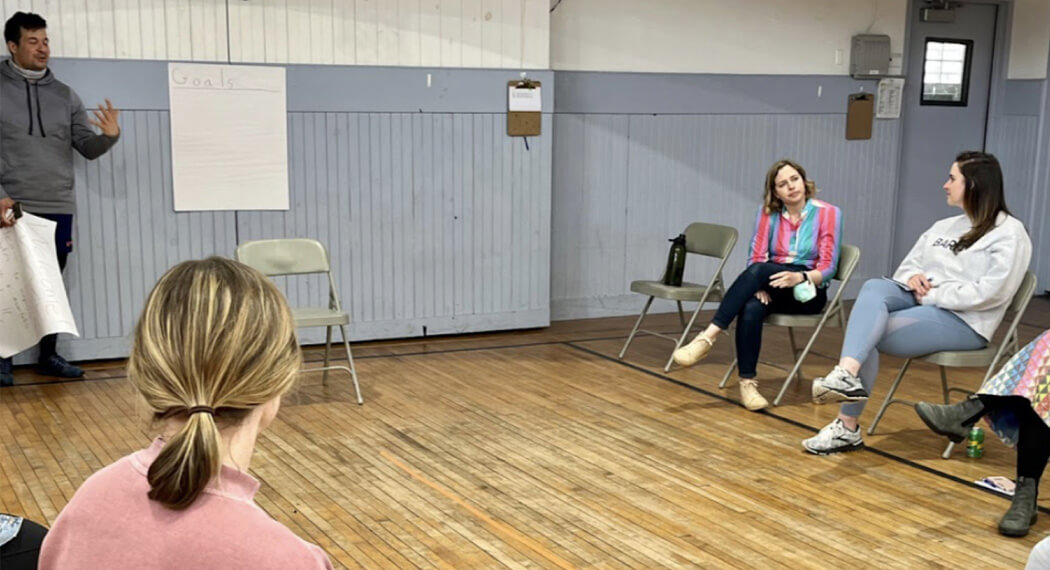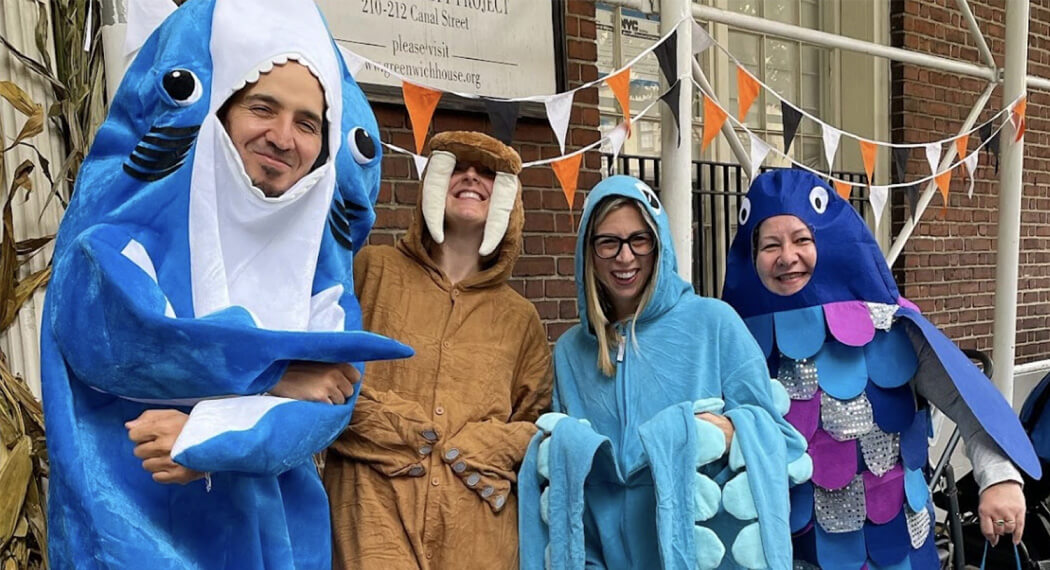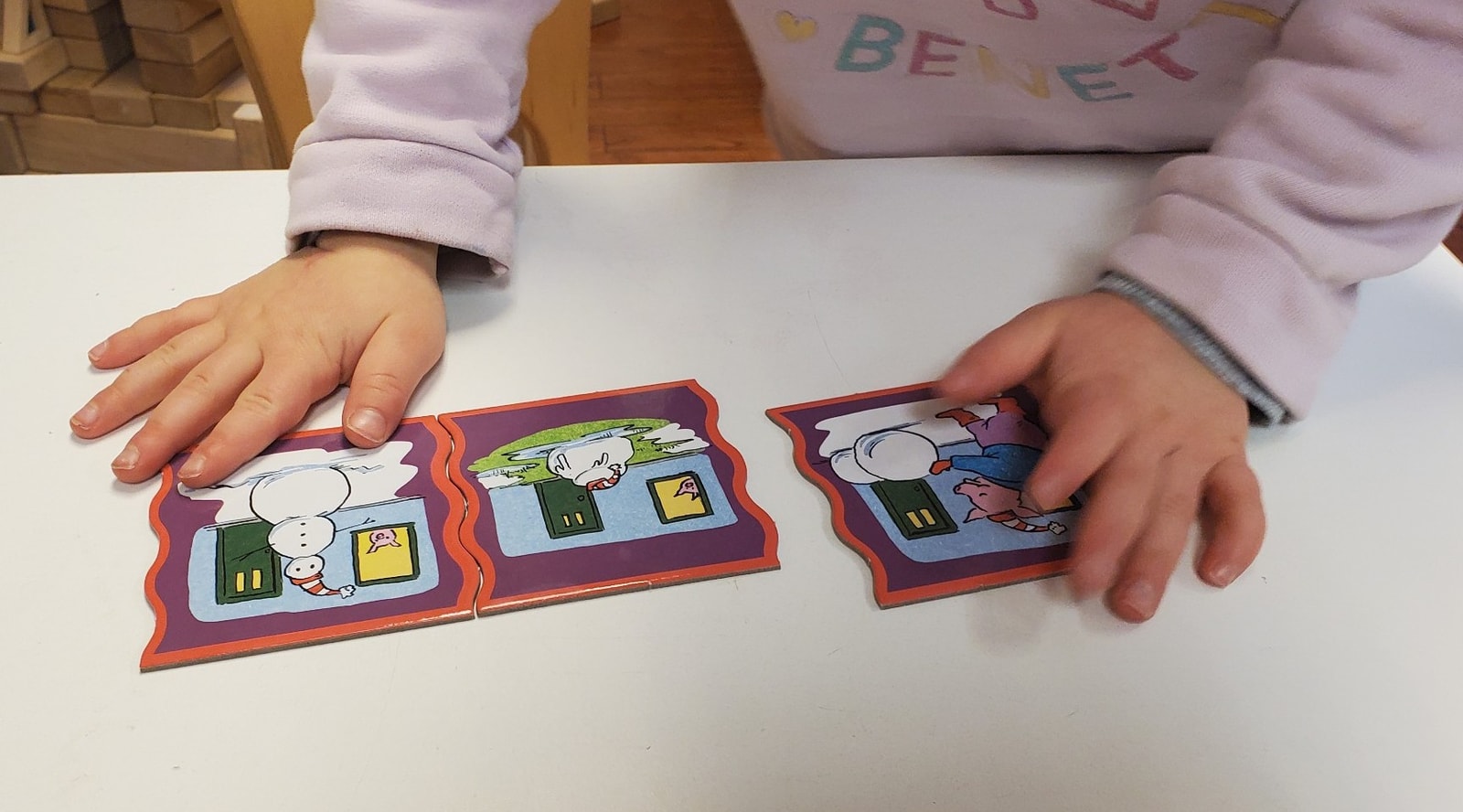“Writing stories gives children a sense not only of what they can do as writers, but also what they can do in the world … It gives them a greater sense of agency about how they’re connected to things, where they’ve come from and also how their life story might end up.” – Darren Chetty
Over the last few weeks, we’ve been diving into an exploration of storytelling. We’ve practiced writing both group and individual stories.
We’ve learned that…
– Stories have authors, the people who write the story, and illustrators, the people who draw the pictures.
– Books have covers, which include the title, the author(s) and illustrator(s) and a picture.
– Stories have beginnings, middles, and ends.
We learned about beginnings, middles, and ends through sequencing cards. The cards tell a story across three pictures, and children work to put them in the correct order.
Group Storytelling
When we write a story as a whole class, we have to use our listening ears to hear what the people before us said. This helps the story make sense. Sometimes this means we have to change what we wanted to say in order to make it fit the story.
And here’s a snippet of second story, yet untitled:
“Sleeping Beauty was in a castle. She found a sparkly chair that was pink. She sat down on the chair. She got off the chair and found a pink, sparkly water bottle. The king in the king room does not know who Sleeping Beauty is. Sleeping Beauty told the king who she was. Then the prince comes into the castle to dance with Sleeping Beauty.”
When writing our story, we talked about the “problem.” Stories often have problems, and it’s up to the author to write the solution to the problem. In our story about Sleeping Beauty, the problem was that the king did not know who she was! Our solution was quickly found: “Sleeping Beauty told the king who she was.” Problem solved!
Individual Storytelling
Using our “storytelling paper,” we have been writing our own stories, as well. For these stories, we talked about connecting the picture to the words. We practiced using storytelling words like, “Once upon a time,” “and then,” or “next,” and “The end.”
If your child has written an individual story (or multiple), you will be receiving a Storypark of that soon.

